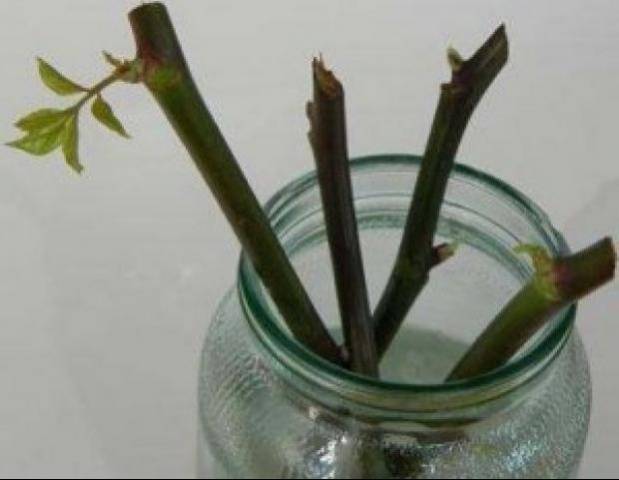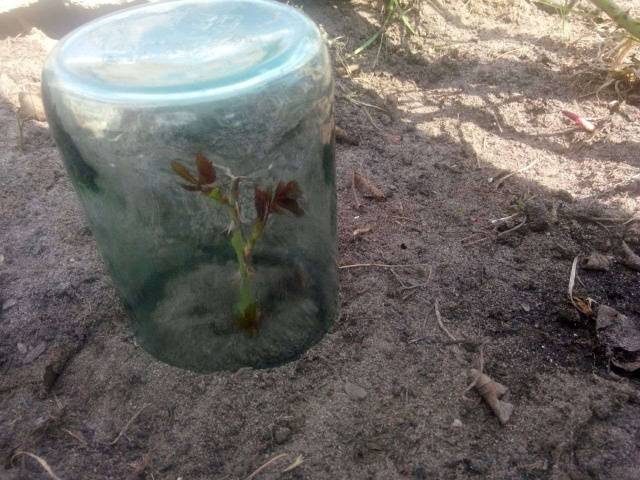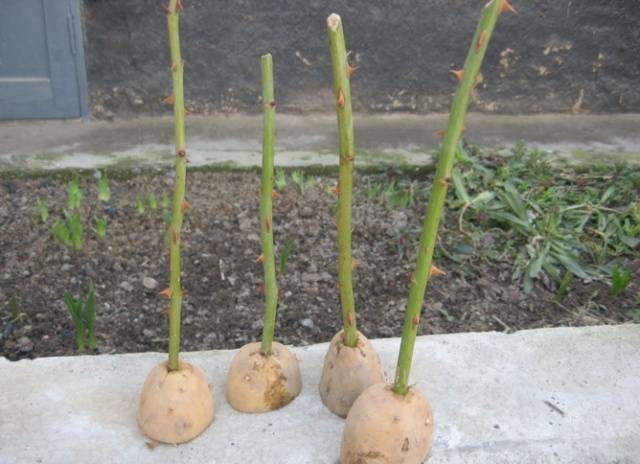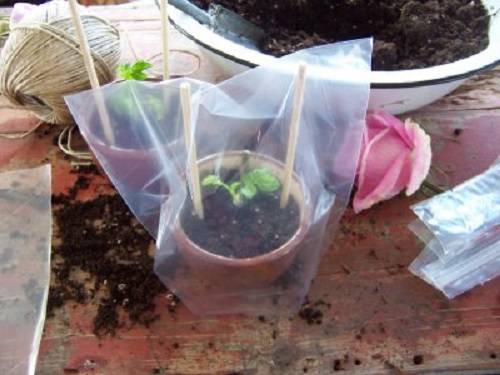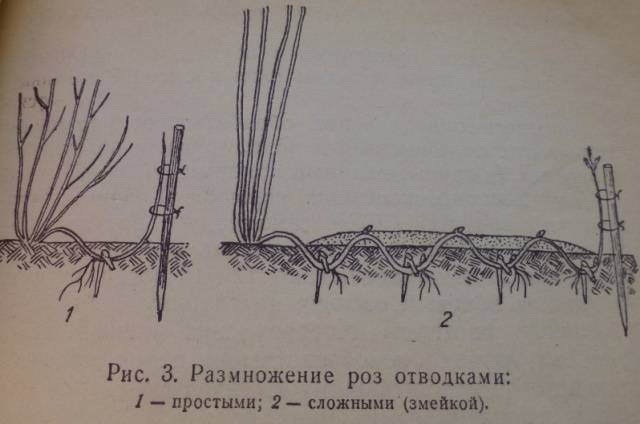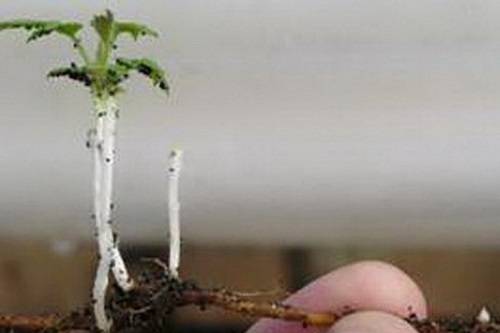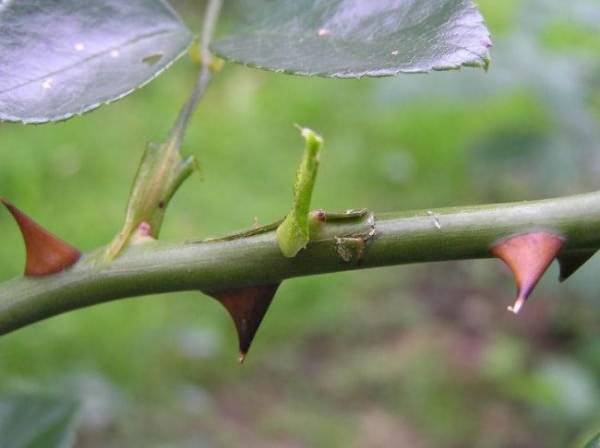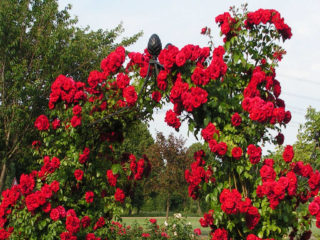Content
Climbing roses can decorate any park, summer cottage, garden. Most often, such flowers are grown in regions where the climate is mild and warm. But in recent years, more and more rose bushes are grown in the Moscow region, and even Siberian flower growers are not lagging behind.
The value of roses with flexible shoots growing up to three meters is widely used in vertical gardening. Landscape designers decorate arches, gazebos, walls of houses with them. There are a lot of varieties of roses, the question arises before flower growers, how propagate climbing rose... We will try to tell you about possible ways.
A few words about climbing roses
Views
Among the large number of varietal varieties of pink climbing bushes, two types are distinguished:
- Multi-flowered roses stand out by blooming up to 20 buds at the same time. They are small in size, about 2.5 cm, there is practically no smell.
- Large-flowered roses are similar to hybrid tea varieties. They bloom for a long time, opening new buds one after another. Inflorescence with ten buds. These flowers have an intoxicatingly fragrant aroma.
Most popular varieties
- Climbing variety "Dortmund" can be planted everywhere. Bloom during the whole warm season;
- "Climber" attracts with high resistance to diseases, its vitality. Shoots can be up to four meters, which is convenient for creating any flower arrangement.
- Rambler has a long flowering period, has large double flowers. Shoots are high, powerful. This climbing variety is suitable for creating vibrant hedges.
- Height "New Down" up to two meters. The shoots are slightly curved, so it is convenient to hang them on supports. Abundant flowering.
- Variety "Cordesa" - a beginner among climbing relatives. Flowering is rapid, long lasting.
Reproduction methods
Many novice flower growers are interested in the reproduction of climbing roses with their own hands. Professionals know how to propagate rose bushes, which include climbing varieties, in different ways:
- cuttings;
- layering;
- budding;
- seeds.
Each breeding method has its own characteristics and difficulties, which are not always amenable to those who are just starting to breed these amazing plants. The simplest, giving a greater percentage of survival, is the propagation of a climbing rose by cuttings, root suckers and layering.
Cuttings
Cutting climbing varieties is a fairly common method, it can be propagated in the following ways:
- Rooting in soil, water;
- Rooting in a package, potatoes.
Cutting preparation
For propagation of a climbing rose by cuttings, the planting material is cut before the shoot blooms. This is usually done in the spring. At this time, the cutting will take root faster. The middle part is separated from the shoot, on which there should be three living buds. The bottom is cut at an angle of 45 degrees, at the top - 90 degrees. The leaf from above is shortened by more than half. Everything is clearly shown in the photo.
Rooting in water
To get a healthy climbing rose, the stalk must be placed in boiled water. The cuttings need a shaded place, so the sun can burn the planting material. The water is replaced every other day.
Typically, the root system will form in about a month. The stalk can be planted in a permanent place.
Rooting in the ground
Reproduction of a climbing rose is possible by rooting cuttings immediately in the soil. To prevent decay, coarse sand is poured under the planting material. It needs to be scalded with boiling water to kill harmful microorganisms. After abundant watering from above, the planting is covered with a glass jar. The jar can be painted over with a white water-based emulsion or a white cloth can be thrown over.
The container is placed on a well-lit window, but not in the sun. Cuttings root well at temperatures from + 23 to + 25 degrees. The "greenhouse" is raised from time to time for ventilation.
Roses in potatoes?
There is nothing surprising in the propagation of climbing roses in young potatoes, no. This is a tried and true method that any beginner can handle.
What does a potato give to a cutting during reproduction:
- maintaining a constant humid environment;
- the future rose feeds on carbohydrates and starch contained in the root vegetable.
Before the propagation of the rose by cuttings planted in a potato, a trench is dug at least 15 cm deep. The bottom is covered with sand with a layer of 5 centimeters. The stalk should be up to 20 cm. Thorns and leaves are removed from it. Eyes are cut out from the potato to deprive it of vegetation, and cuttings are inserted with a sharp end. The living "container" is laid out at a distance of 15 cm.
The planting must first be protected from wind and sun, therefore, when propagating a climbing rose, shelter is required. They can be a regular glass jar or a piece of tin.
You can open a bed of roses after 14 days to accustom the plants to the climate. After another 14 days, the rose fully opens.
In a plastic bag
To obtain a new rose bush, cuttings are first moistened with aloe juice, planted in a pot, and spilled with warm water. Then they put it in a large bag, tie it up and hang it in front of the window. High humidity and fog are created in the bag. As a rule, rooting occurs after 30 days. All that remains is to plant the planting material in the ground. Cuttings root best in spring.
About the propagation of climbing roses by cuttings:
Other breeding methods
Layers
In the spring, when the lashes have already come to life, you can take one of them aside, lay in the prepared groove and dig in with fertile soil. To keep the lash firmly and not "jump" up, the shoot is pinned. The top of the shoot is taken out and tied to a peg.
From one rose bush, you can get many new plants, if, during reproduction, the shoot of a climbing rose is pinned several times, leaving one bud on the surface. How to do the job correctly is shown in the photo.
Care is carried out in the usual way, the main thing is not to dry out the soil under the plant. A viable root system will develop during the warm season. Layers are separated from the mother bush and planted in a permanent place.
Already in the first year, by the end of summer, buds may appear on the rose bush. They need to be cut off so that the climbing rose obtained from the layers does not waste energy on flowering.
Root offspring
Root suckers produce healthy rose bushes. The main thing is not to be mistaken. As a rule, roses are grafted onto wild rose hips. The offspring must branch off from the mother's root system.
Budding
This method of propagation of climbing roses is possible for specialists or flower growers with extensive experience. On the trunk, in a place closer to the ground, a cut is made, similar to the letter T. A bud of the desired variety is inserted into it. With this reproduction, the new climbing rose uses the root system of the mother bush.
If a person does not have specific skills, it is possible to make a mistake, which will lead not only to the death of the scion, but also the rose bush, on which the peephole (bud) was transplanted.
Let's summarize
Breeding rose bushes in different ways is a fun activity.Having received a new plant with their own hands once, flower growers can no longer stop. Thanks to this world, there are new varieties of amazing roses with different colors and a unique aroma.







